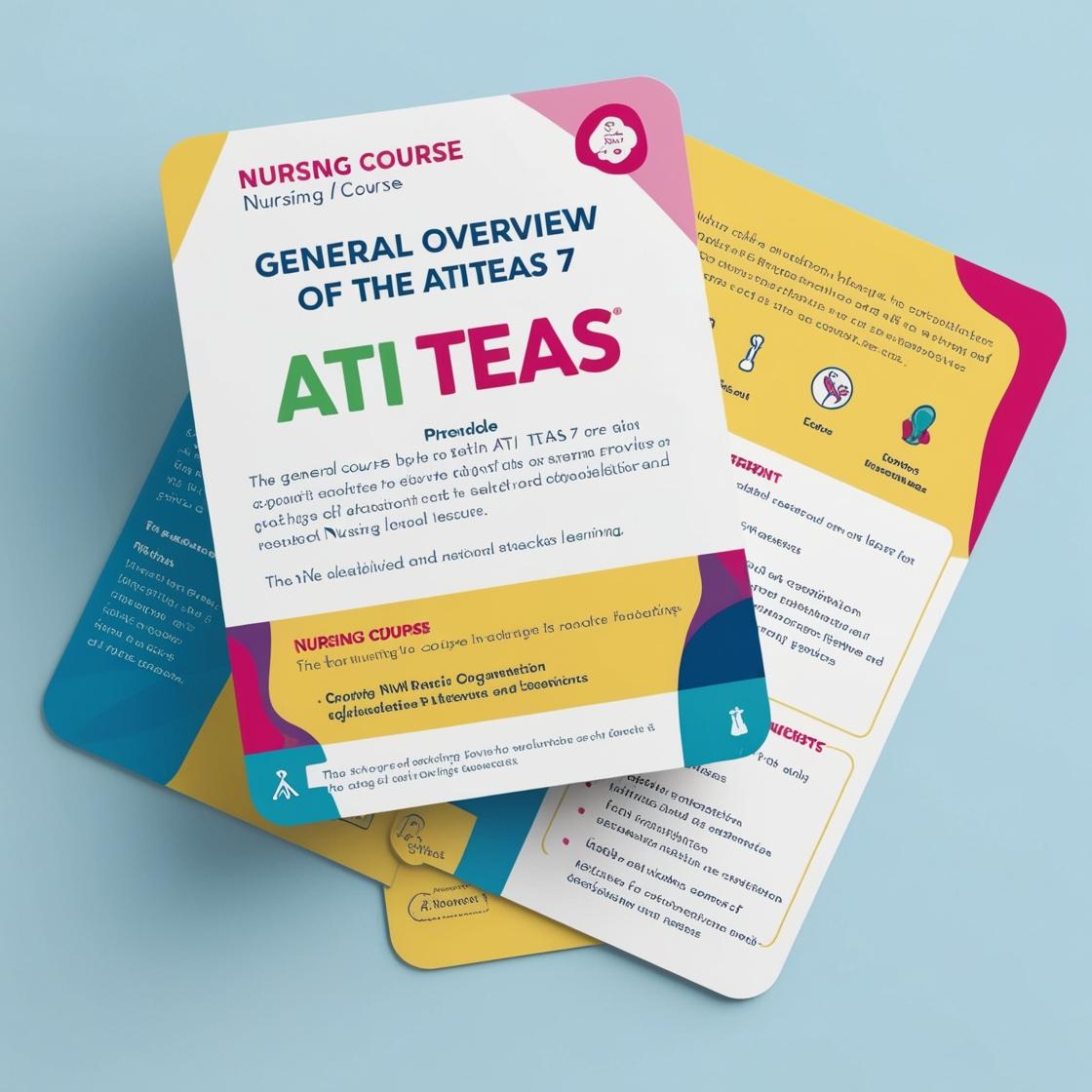ATI TEAS 7
TEAS Test Math Prep
1. 67 miles is equivalent to how many kilometers to three significant digits?
- A. 107 km
- B. 106 km
- C. 33 km
- D. 85 km
Correct answer: A
Rationale: To convert miles to kilometers, the conversion factor is 1 mile ≈ 1.609 kilometers. Therefore, to convert 67 miles to kilometers, you would multiply: 67 miles × 1.609 km/mile = 107.703 km. When rounded to three significant digits, this gives 108 km. Therefore, 67 miles is approximately 108 kilometers. Choice A is correct because it is the closest rounded value to three significant digits. Choices B, C, and D are incorrect as they do not match the calculated conversion of 108 km.
2. Alan currently weighs 200 pounds, but he wants to lose weight to get down to 175 pounds. What is the difference in kilograms? (1 pound is approximately equal to 0.45 kilograms.)
- A. 9 kg
- B. 11.25 kg
- C. 78.75 kg
- D. 90 kg
Correct answer: B
Rationale: The difference between Alan's current weight of 200 pounds and his goal weight of 175 pounds is 25 pounds (200 pounds - 175 pounds). To convert pounds to kilograms, you multiply the number of pounds by 0.45 (not divide by 2.2). Thus, 25 pounds is approximately 11.25 kilograms (25 pounds x 0.45). Therefore, the difference in kilograms is 11.25 kg. Choice A is incorrect because it miscalculates the conversion. Choices C and D are significantly higher values and do not reflect the correct conversion from pounds to kilograms.
3. Solve this equation: 2x+8=0
- A. -4
- B. 3
- C. 5
- D. 0
Correct answer: A
Rationale: To solve 2 𝑥 + 8 = 0 2x+8=0: Subtract 8 from both sides: 2 𝑥 = − 8 2x=−8 Divide both sides by 2: 𝑥 = − 8 2 = − 4 x= 2 −8 =−4 Therefore, the solution is 𝑥 = − 4 x=−4.
4. Juan wishes to compare the percentages of time he spends on different tasks during the workday. Which of the following representations is the most appropriate choice for displaying the data?
- A. Line plot
- B. Bar graph
- C. Line graph
- D. Pie chart
Correct answer: D
Rationale: A pie chart is the most appropriate choice for displaying the percentages of time spent on different tasks during the workday because it visually represents parts of a whole. In this case, each task's percentage represents a part of the entire workday, making a pie chart an ideal way to compare these percentages. Line plots, bar graphs, and line graphs are not suitable for showing percentages of a whole; they are more commonly used for tracking trends, comparing values, or showing relationships between variables but do not efficiently represent parts of a whole like a pie chart does.
5. When the sampling distribution of means is plotted, which of the following is true?
- A. The distribution is approximately normal.
- B. The distribution is positively skewed.
- C. The distribution is negatively skewed.
- D. There is no predictable shape to the distribution.
Correct answer: A
Rationale: When the sampling distribution of means is plotted, the distribution tends to be approximately normal, especially as the sample size increases. This phenomenon is described by the Central Limit Theorem, which states that the sampling distribution of the sample mean will be normally distributed regardless of the shape of the original population distribution as long as the sample size is sufficiently large. Choices B and C are incorrect because sampling distributions of means are not skewed. Choice D is incorrect because there is a predictable shape to the distribution, which is approximately normal.
Similar Questions

Access More Features
ATI TEAS Premium Plus
$149.99/ 90 days
- Actual ATI TEAS 7 Questions
- 3,000 questions with answers
- 90 days access
ATI TEAS Basic
$99/ 30 days
- 3,000 Questions with answers
- 30 days access
